School and University Floor Testing: Ensuring a Safe Environment for Students and Staff
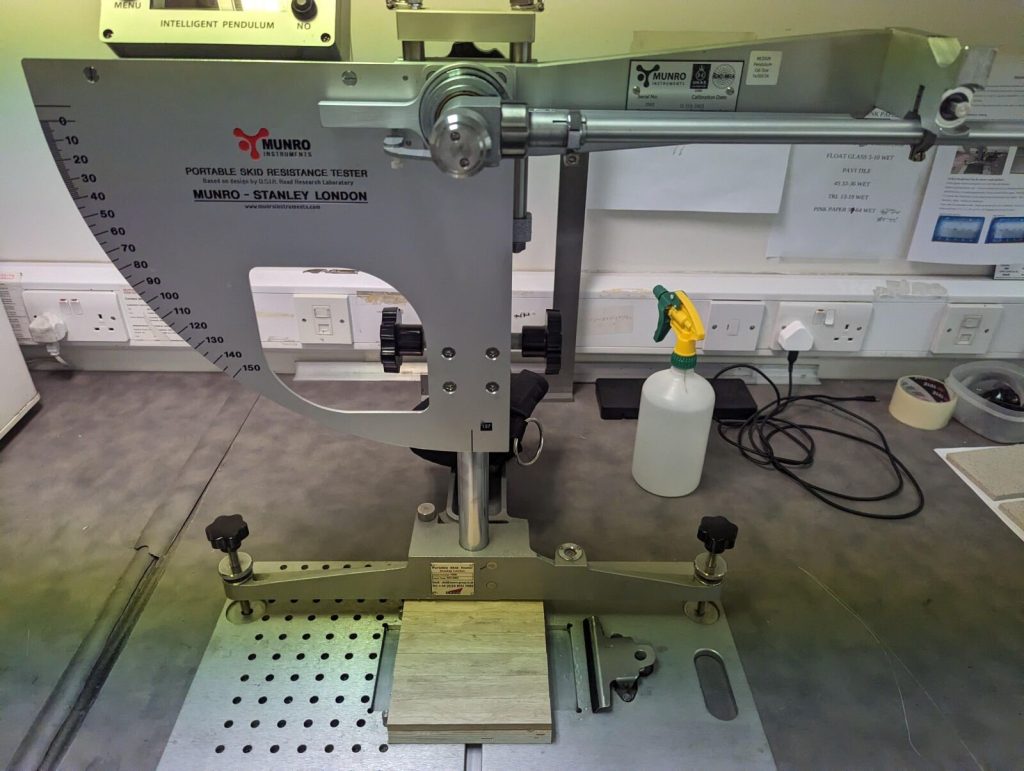
In schools and universities, safety is a top priority. With hundreds, sometimes thousands, of students, staff, and visitors walking through hallways, cafeterias, and classrooms daily, maintaining safe, slip-resistant floors is essential. Regular floor testing helps institutions prevent accidents, reduce liability, and create a secure environment conducive to learning. Munro Instruments provides specialized floor testing services […]
Anaerobic Chambers market in the United States
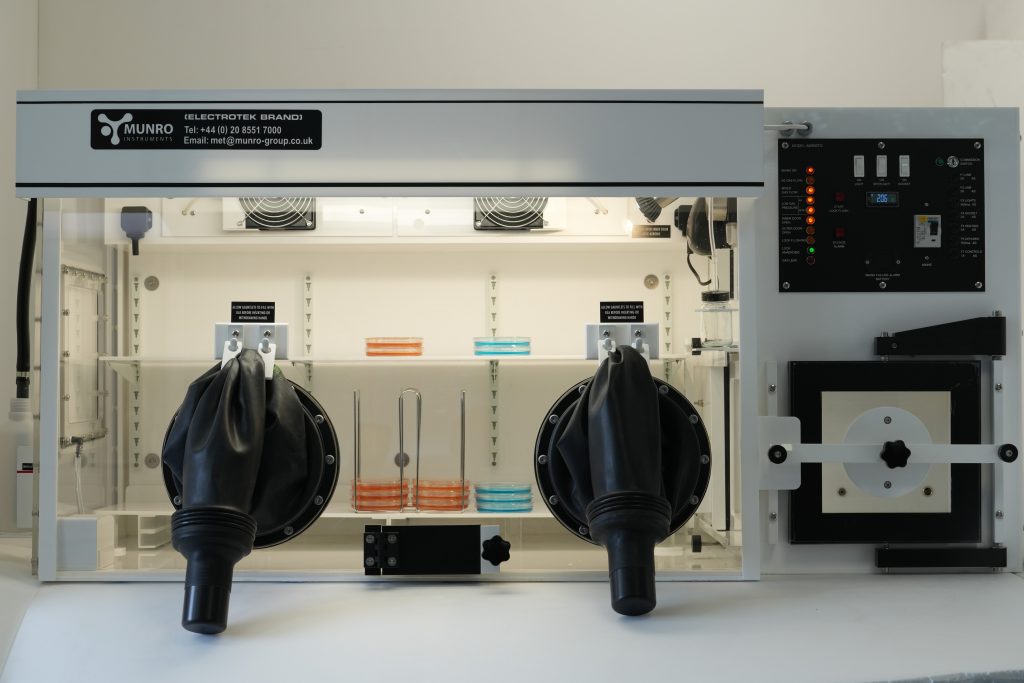
The anaerobic chamber market in the United States is experiencing steady growth, driven by advancements in microbiology research, clinical diagnostics, and pharmaceutical development. Anaerobic chambers are essential for cultivating and studying microorganisms that thrive in oxygen-free environments, making them indispensable in various scientific and medical applications. Market Size and Growth As of 2023, the global […]
Anaerobic Chambers for Bacteria: Everything You Need to Know Before Purchase
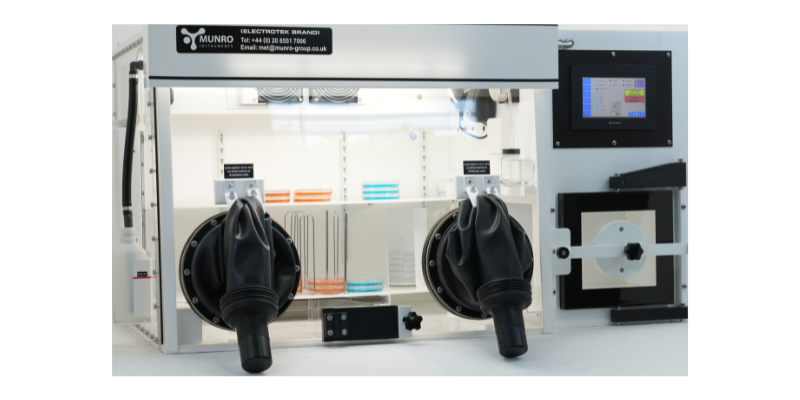
The field of microbiology often demands specialized equipment, especially when dealing with bacteria that cannot survive in the presence of oxygen. Anaerobic chambers provide a controlled environment for cultivating and experimenting with these bacteria. If you’re in the market for an anaerobic chamber, understanding its structure, functions, and applications is essential for making an informed […]
Soil Moisture Sensors – The Ultimate Guide
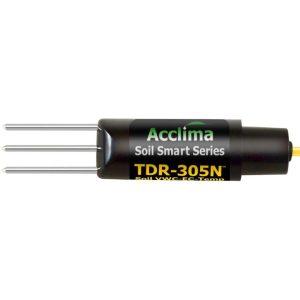
A soil moisture sensor measures the volumetric water content in soil, indicating when it’s time to water your plants. It’s a simple yet powerful tool for anyone looking to conserve water and enhance plant health. Components of a Soil Moisture Sensor Sensing Probe: This part contacts the soil to detect moisture levels. Data Transmission Unit: […]
What are the Main Components of a Cup Anemometer and Their Functions?
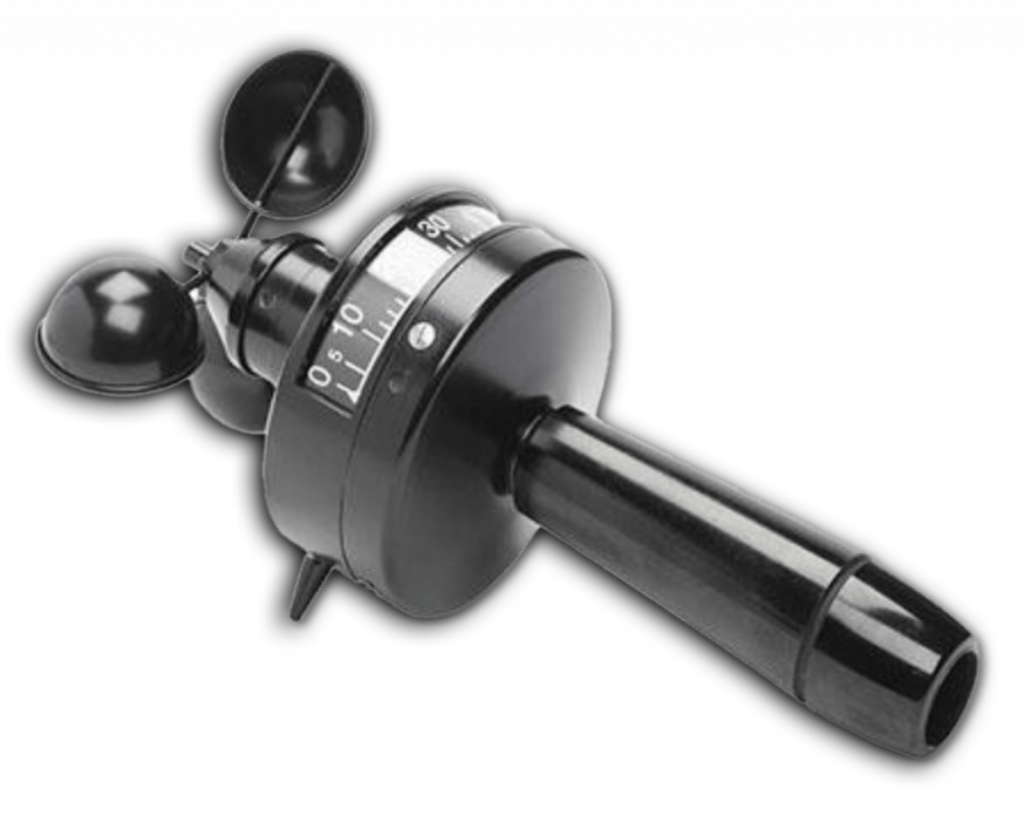
A cup anemometer is a device designed specifically to measure wind speed. It operates on the principle that wind causes cups attached to a rotating shaft to spin, with the speed of rotation correlating to wind speed. Main Components of a Cup Anemometer Now, let’s break down the essential components of a cup anemometer, each […]
How Does a Cup Anemometer Measure Wind Speed?
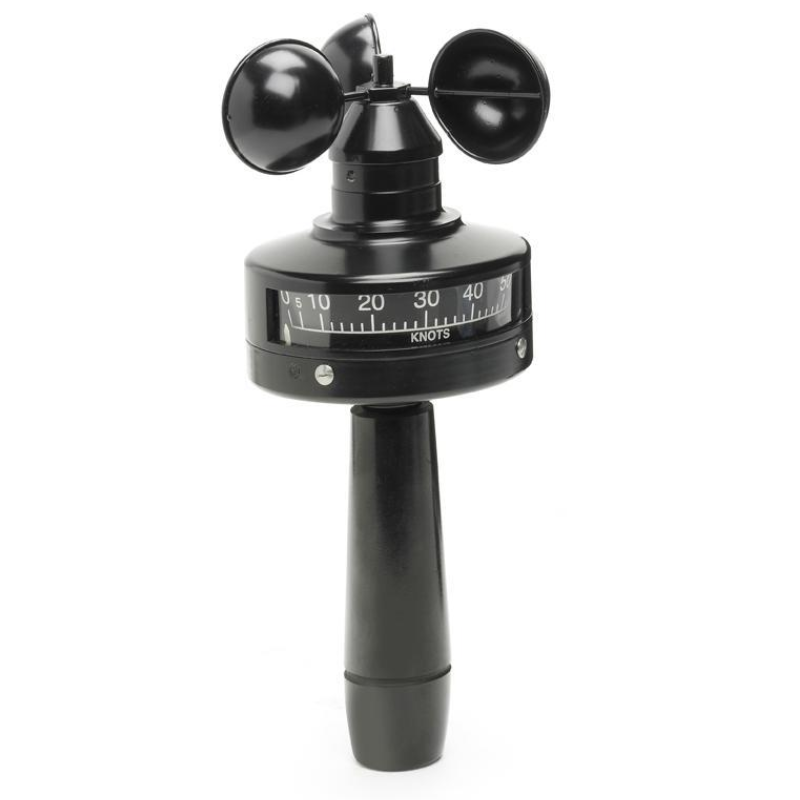
A cup anemometer is a device specifically designed to measure wind speed. Its design is straightforward: a set of three or four cups mounted on arms that spin as the wind blows. Unlike other anemometer types, such as vane or hot-wire anemometers, the cup anemometer stands out for its durability and ease of use. History […]
Uses of Pyranometers
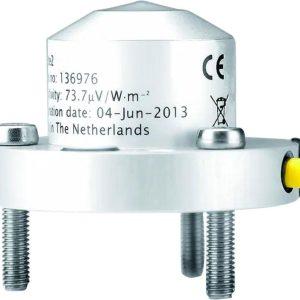
Pyranometers are essential for a range of applications, from weather forecasting to optimizing solar panel efficiency. Let’s dive into the world of pyranometers and explore their various uses. History of Pyranometers Early Developments The journey of pyranometers began in the early 20th century when scientists first needed a reliable method to measure solar radiation. The […]
Data Loggers in Precision Agriculture
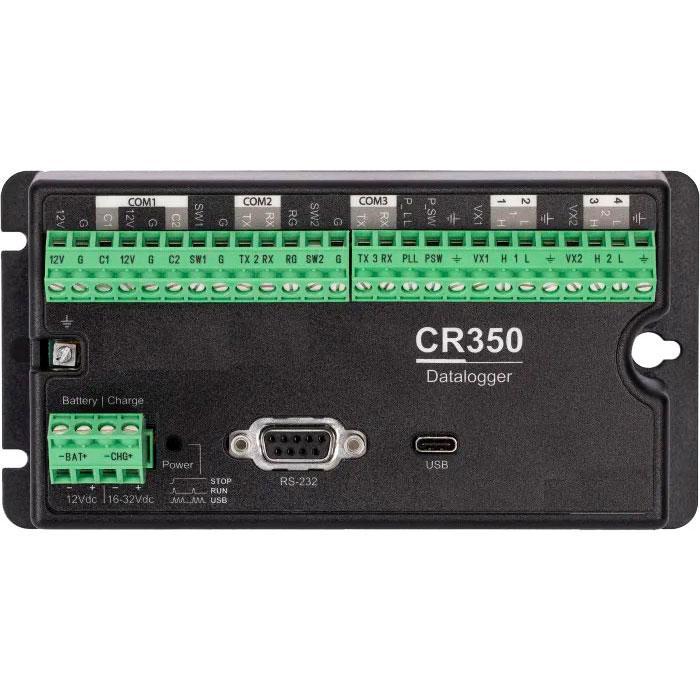
A data logger is a device that records measurements over time. In agriculture, data loggers gather information on environmental conditions such as soil moisture, temperature, humidity, and more. Equipped with sensors, data loggers store this data in memory, which can be analyzed later to help make informed farming decisions. But how exactly do they work? […]
Data Loggers for Collecting Meteorological Data
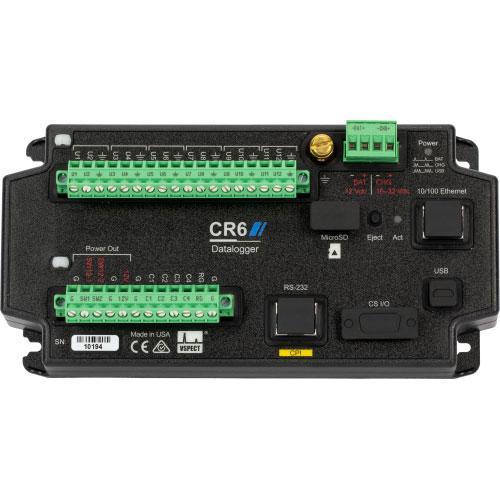
This article explores how data loggers are used to collect meteorological data, their key features, and why they are indispensable tools in the field. What Are Data Loggers? Data loggers are small, electronic devices used to record data over time. They come equipped with sensors that detect various environmental parameters and store the data for […]
Solar Pyranometer Radiation Sensor
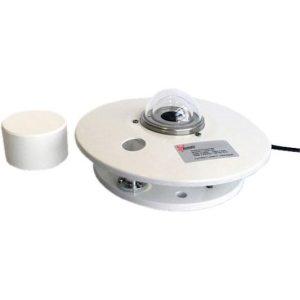
In an era where renewable energy and environmental awareness are more critical than ever, solar radiation measurement important an indispensable role in understanding and optimizing energy resources. A solar pyranometer is one of the most valuable tools in this field What is Solar Radiation? Solar radiation refers to the energy emitted by the sun in […]



